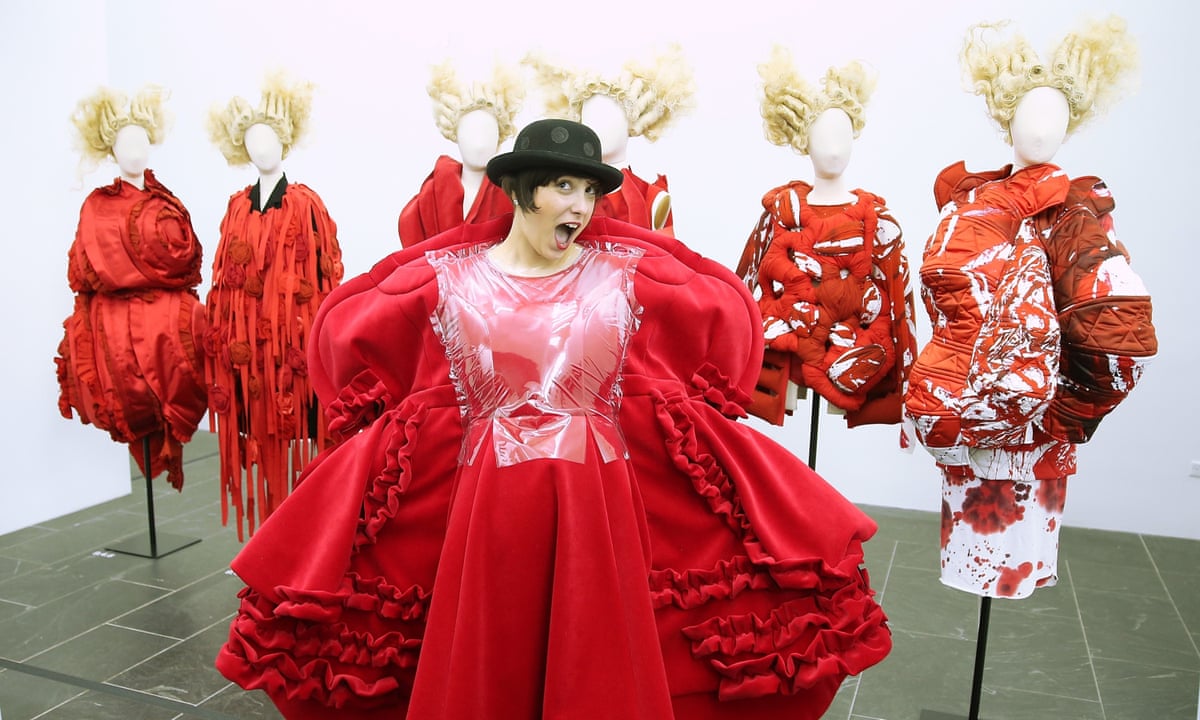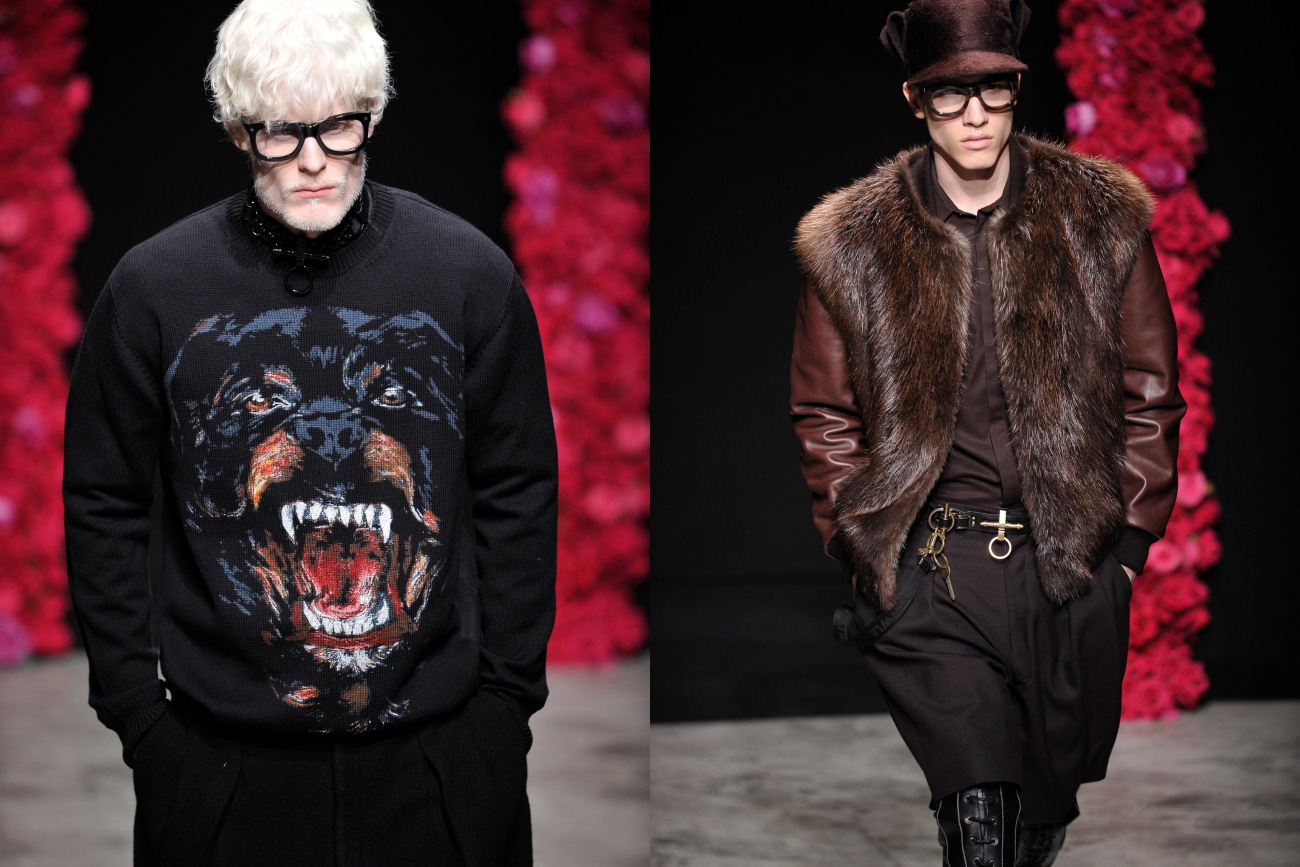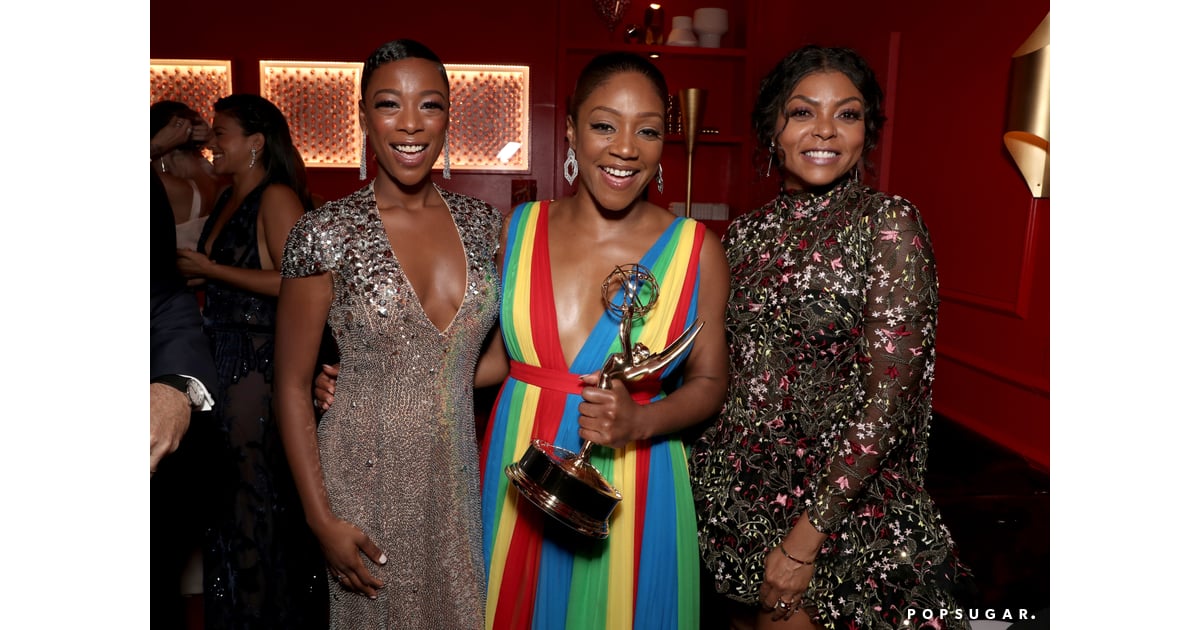The Beginnings of an Innovative Designer
Rei Kawakubo, founder of Comme des Garçons, stands as a paragon of conceptual design in contemporary fashion. Since establishing her label in Tokyo in 1969, Kawakubo has consistently defied conventions, merging artistic vision with radical dressmaking. Her work transcends trends and seasons, instead embracing a perpetual dialogue with the very nature of form, identity, and meaning. Rather than simply producing garments, Kawakubo crafts wearable statements that question the constructs of beauty, gender, and even garment functionality.
Conceptual Design and Intellectual Provocation
Kawakubo embodies the true spirit of conceptual fashion design: an area where concepts and thought are prioritized, while the actual creation plays a less crucial role. Under her influence, apparel becomes an intellectual challenge, questioning what fashion signifies in society. This methodology is evident in her 1997 Autumn/Winter collection, Lumps and Bumps, where exaggerated padding altered the shape, making the models’ figures almost indistinguishable. These shapes confronted conventional notions of beauty, highlighting themes of bodily independence, irregularity, and societal perception.
Another prominent instance can be noted in her Spring/Summer 2017 lineup, characterized as «art of the in-between.» The items exhibited were large-scale, sculptural designs that seldom looked like traditional attire; rather, they transformed into dynamic exhibits on the catwalk. Analysts and scholars have frequently likened her collections to avant-garde styles in art, including Dadaism—highlighting interruption, absurdity, and rebellion against established systems.
Breakdown and Gender Fluidity
Kawakubo’s process often employs deconstruction, not simply as a method to expose garment construction, but as an allegorical act. Seams are placed on the outside, linings are removed, hems remain raw—each decision pointing to the artificiality of norms in both fashion and society. By destabilizing traditional garment making, Kawakubo reframes broader discussions about gender and identity.
Her collections frequently blur masculine and feminine codes. The absence of clear gender markers in the early Comme des Garçons collections signaled a radical break from binary expectations. Pieces like tailored jackets with exaggerated shoulders and ambiguous cuts underscored the performative aspect of gender roles in fashion, echoing Judith Butler’s theories of gender performativity. Kawakubo herself has stated that she aims to create “a feeling of something that didn’t exist before,” a sentiment embodying not only aesthetic novelty but the possibility of reimagining identity.
Cultural Commentary Through Material and Technique
Kawakubo’s creative approach is deeply embedded with cultural commentary, frequently drawing upon Japanese principles of imperfection and the fleeting—especially ideas like wabi-sabi. By incorporating worn fabrics, lack of symmetry, and rough edges, her designs resonate with philosophies that embrace the temporary nature and the allure of flaws. Her partnership with artist Cindy Sherman for the Comme des Garçons Spring 2014 advertising campaign further supported this notion: the garments and visuals illustrated not a perfect rendition of the person, but rather the diverse personas they might assume.
The brand frequently employs non-traditional materials like industrial felt, latex, and synthetic mesh, which dissolve the lines separating fashion from various creative sectors, incorporating aspects from sculpture, architecture, and installation art. This innovative use of materials solidifies her status at the crossroads of fashion and fine art, as demonstrated by the exhibition at the Metropolitan Museum of Art titled “Rei Kawakubo/Comme des Garçons: Art of the In-Between,” an unusual focus for the institution on a living designer.
Breaking the Logic of Commercial Fashion
Although fashion typically associates itself with business and repetitive trend cycles, Kawakubo’s method defies these conventions. Comme des Garçons’ most famous catwalk shows are often viewed as unwearable—or as critics describe them, “anti-fashion”—yet the brand retains a devoted following and impacts mainstream collections worldwide. This contradiction showcases Kawakubo’s talent for sparking dialogue at the heart of the fashion sector while staying financially successful.
She also breaks away from the notion of designer as celebrity. Shunning interviews and public relations strategies, Kawakubo emphasizes the work over the persona, ensuring focus remains on conceptual output instead of individual fame—an approach that stands in direct contrast to modern industry practices.
Heritage and Continuing Impact
For younger designers and interdisciplinary creatives, Rei Kawakubo serves as an enduring symbol of resistance and innovation. Brands like Vetements, Balenciaga under Demna Gvasalia, and the work of Martin Margiela echo her radical methodologies—from reimagining construction to rejecting traditional beauty standards. Her conceptual rigor also contributes to broader cultural discussions involving post-modernism and anti-capitalist sentiment within creative industries.
Rei Kawakubo’s work centers on posing inquiries rather than providing solutions. Every collection serves as an open discussion about art, gender, the human form, and culture, rather than making definitive statements. Her creations push audiences to engage actively in interpreting them, suggesting that meaning is neither fixed nor intrinsic but is created, broken down, and continually transforming.
As the landscape of design and culture continues to transform, Kawakubo’s conceptualism offers both designers and observers a guide for rethinking boundaries—not only in dress but in thought itself.





